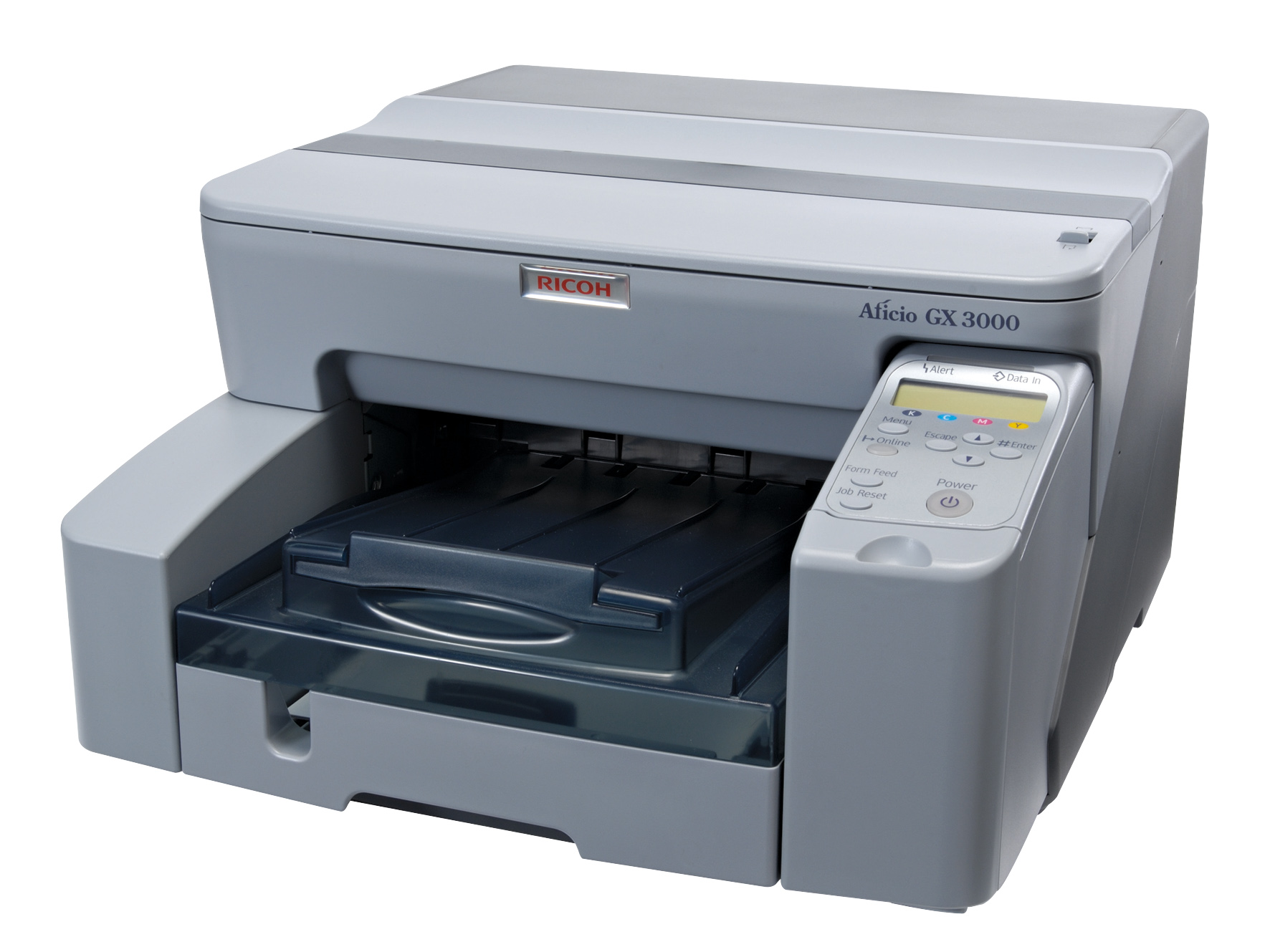TechRadar Verdict
Well done to Ricoh for doing something different; now it needs to do it better
Pros
- +
Novel concept
Easier to maintain
Cons
- -
Average print quality
Expensive to run
Bulky
Why you can trust TechRadar
The time has come for more choice in life than lasers and inkjets for colour printing. Obligingly, Ricoh has just launched some new competition, in the semi-liquid consistency of gel printing.
Using cartridges broadly similar to those of inkjet printers, the new gel printers are quick and easy to set up, although even the smallest of the new breed, the GX3000, is a bit of a monster, having a bigger footprint than the Dell 1320c colour laser and being much bigger than the average A4 inkjet.
A major headache with inkjet printers in an office context is that ink cartridges seem to run out far too often and there are never replacements to hand when you need them.
The GX3000 is slightly more maintenance-free in this respect, with a black cartridge that lasts for around 1,500 prints and three colour cartridges that last for about 1,000 prints each. This means that cartridges have two or three times the life expectancy you would expect from an inkjet.
What price gels?
The gel cartridges are expensive to replace, at £26 for the black cartridge and £33 for each of the three colours, making a grand total of £125. Average cost per mono page is 1.8p, and 10p for colour. In comparison with our favourite inkjet printer, the Canon iP5300, the GX3000 has equal mono running costs but is about twice as expensive for colour. It's also pricier to run than the Dell 1320c colour laser.
Print speed failed to live up to Ricoh's claims in our tests, with colour DTP pages being printed at 10ppm, making the GX3000 slower than the Dell 1320c as well as many inkjet printers.
On the plus side, prints are dry and reasonably splash-resistant, even straight out of the printer. Refreshingly, automatic duplexing comes as standard, although you do have to fork out extra for an Ethernet adaptor.
The biggest question mark is over print quality. In our tests, colours lacked the vibrancy of inkjets and even most new colour laser printers, making the GX3000 lacklustre for DTP and document printing. Photo output was very second-rate, especially in terms of colour accuracy.
Considering there aren't any savings to be made in running costs, the gel option seems to add nothing to the market that inkjet and laser printers don't already have covered.
